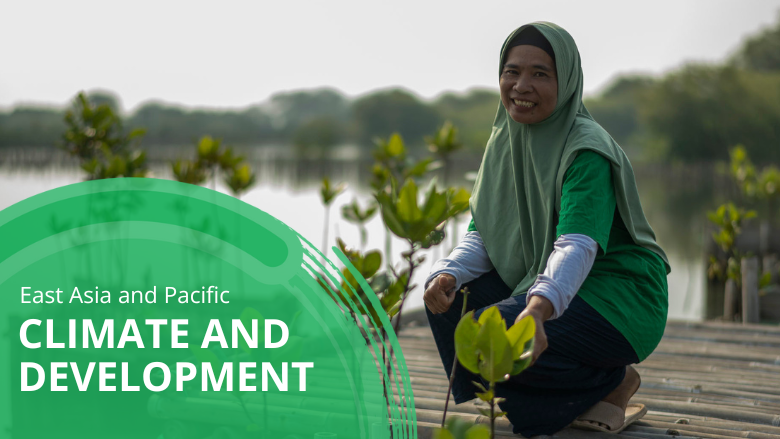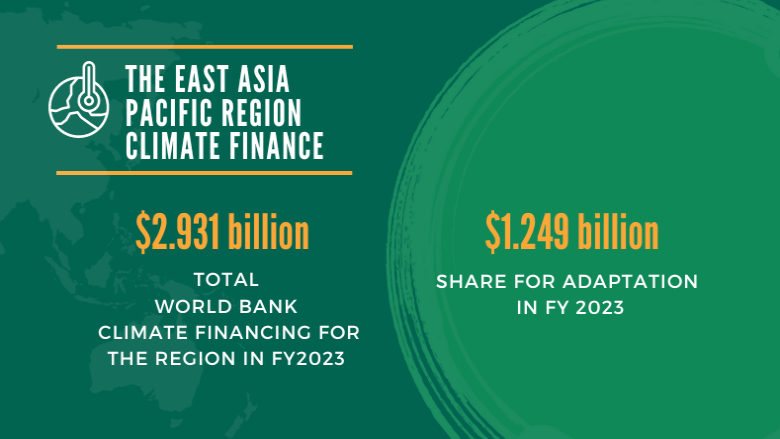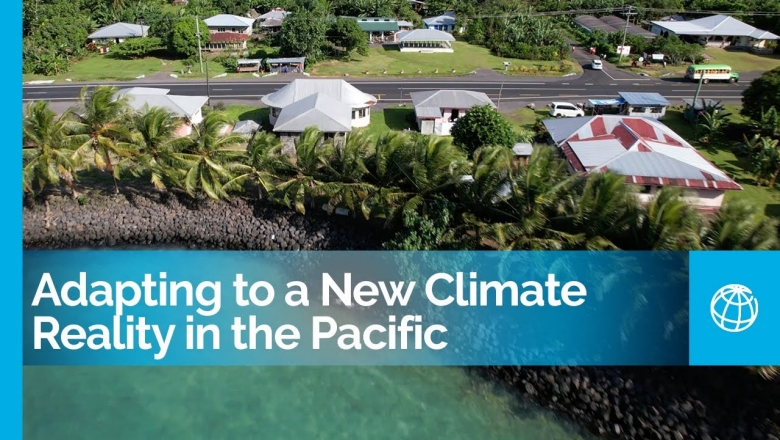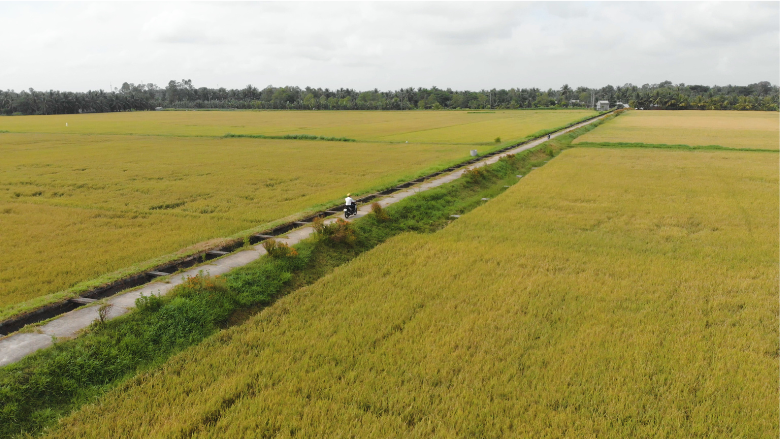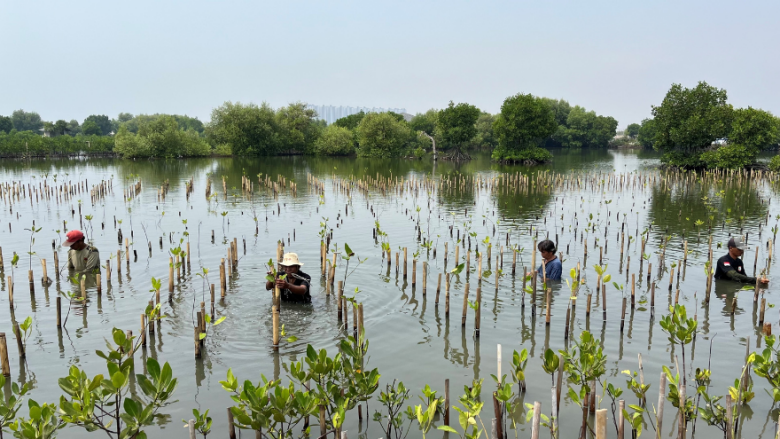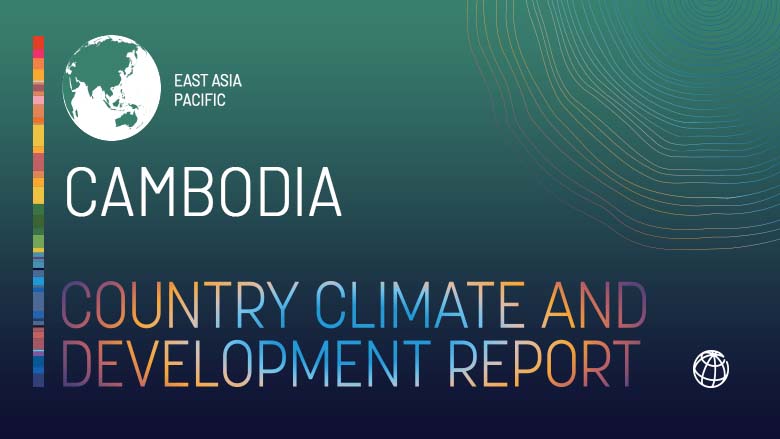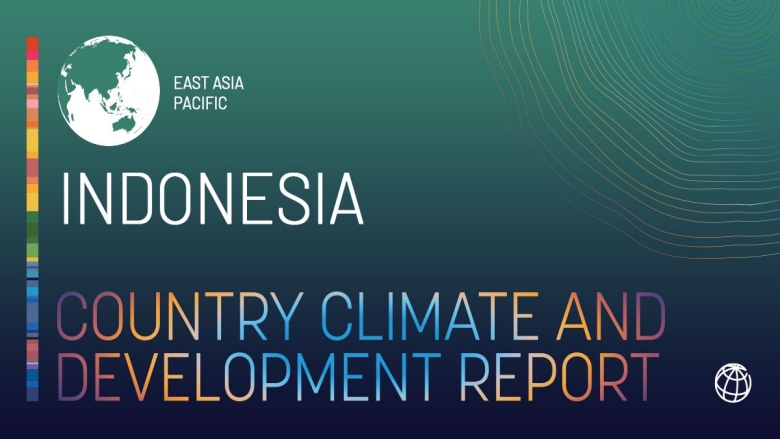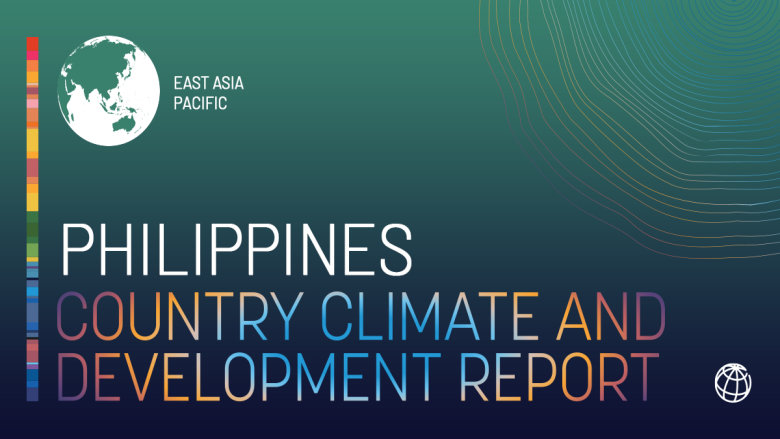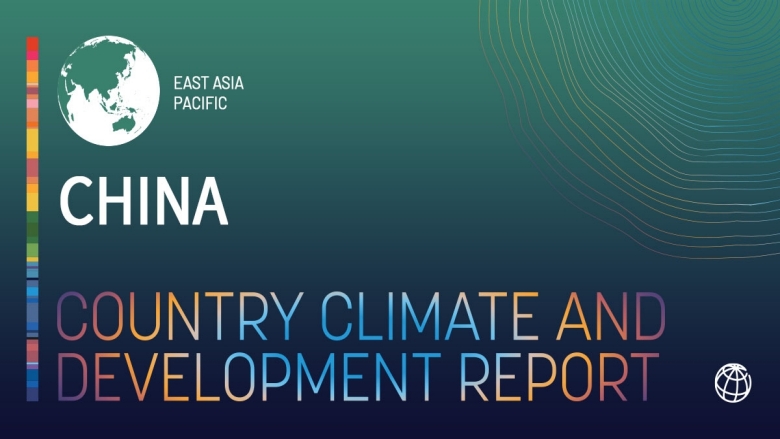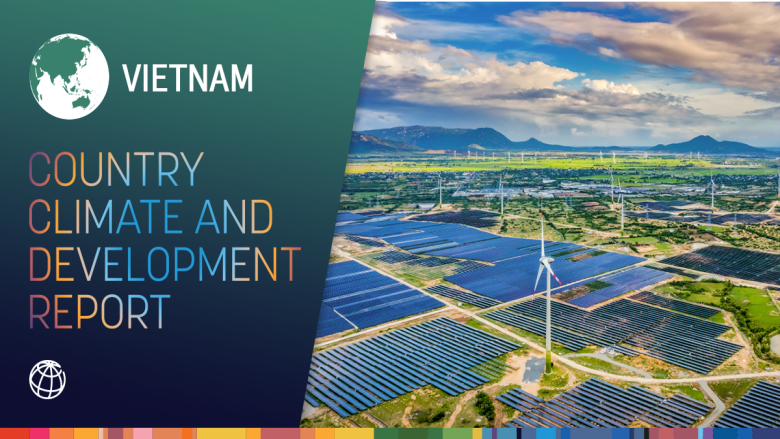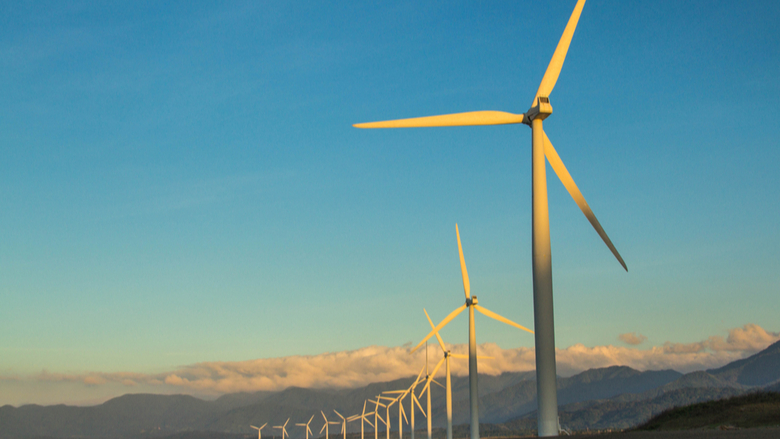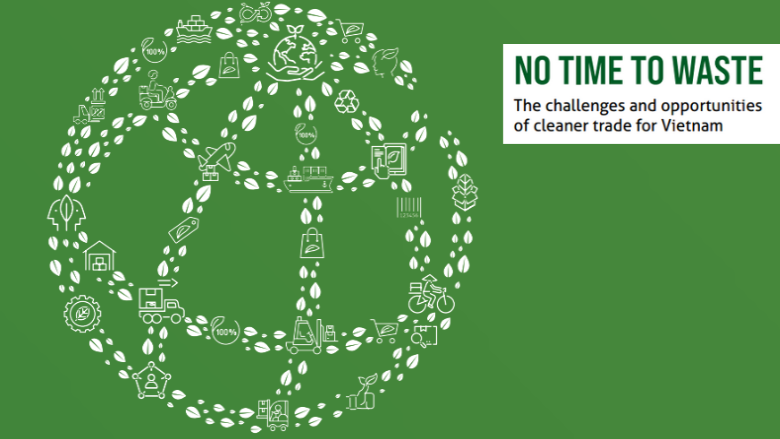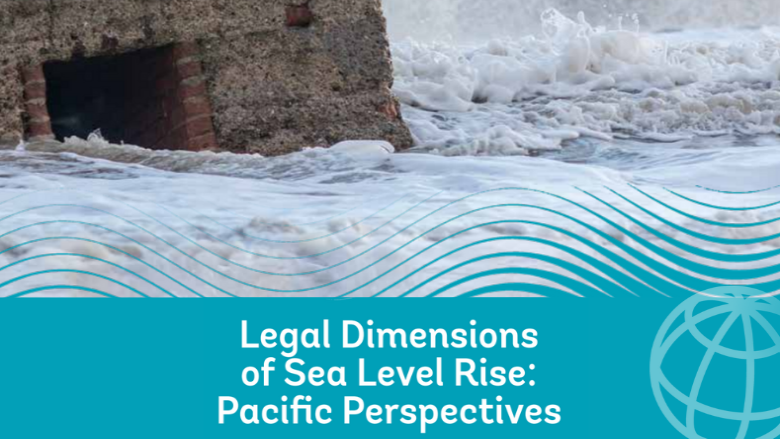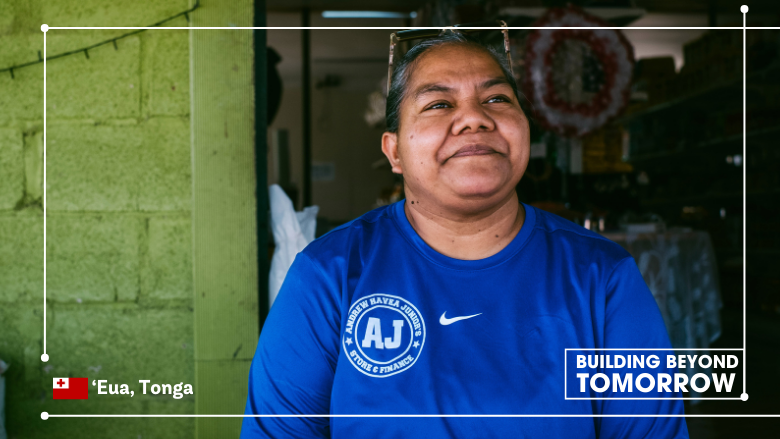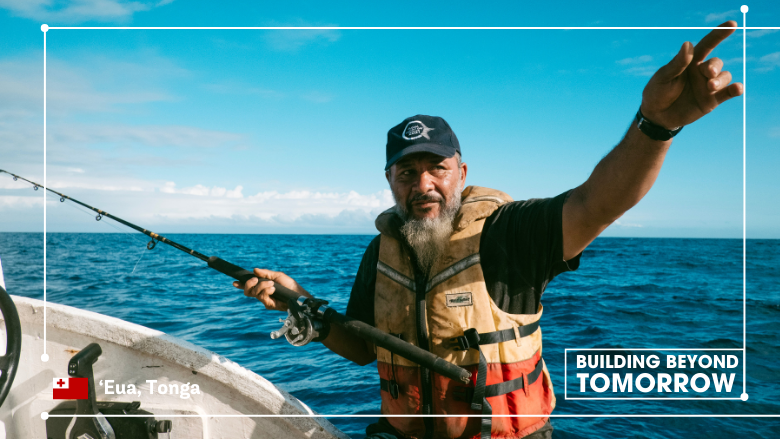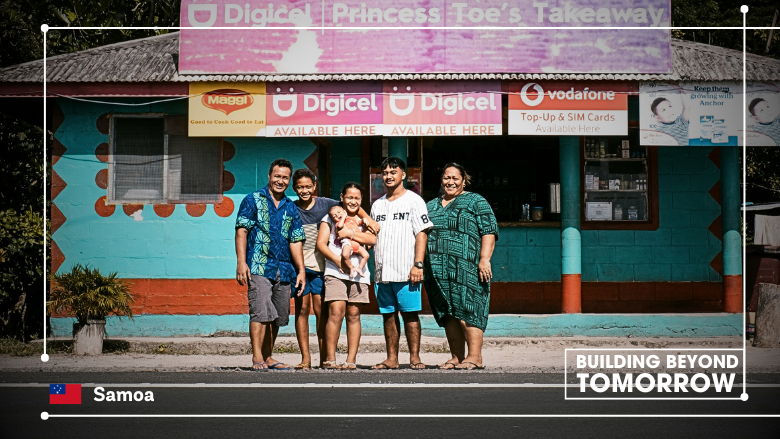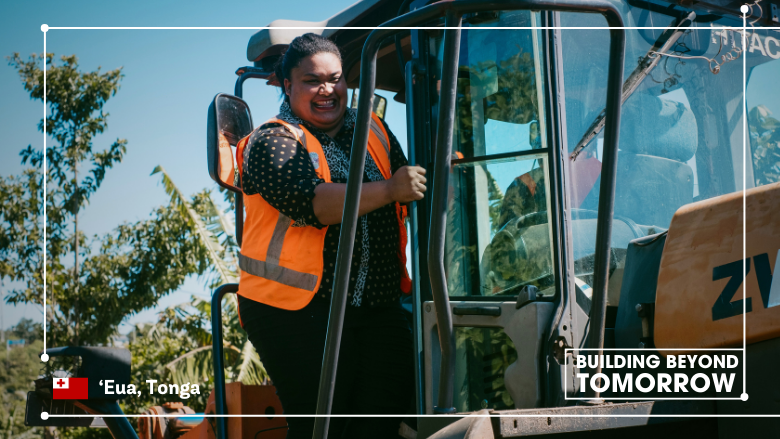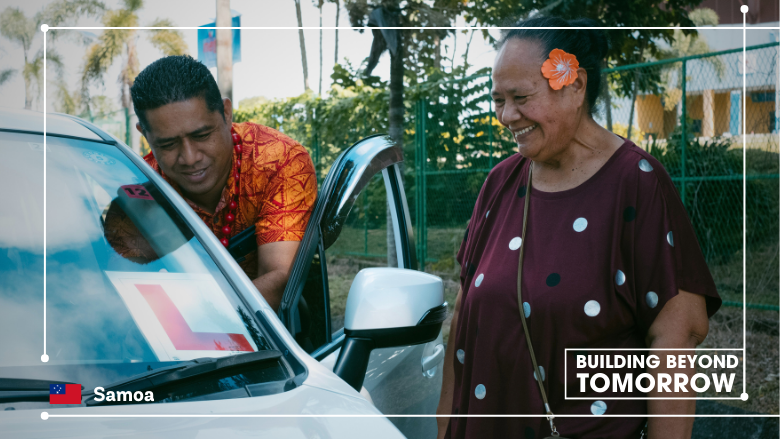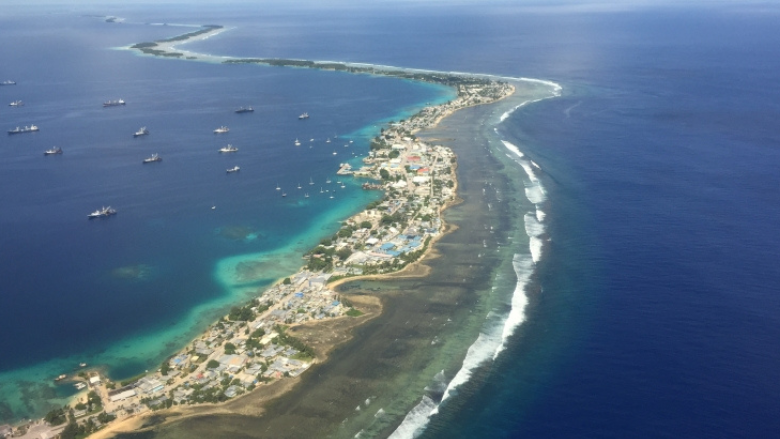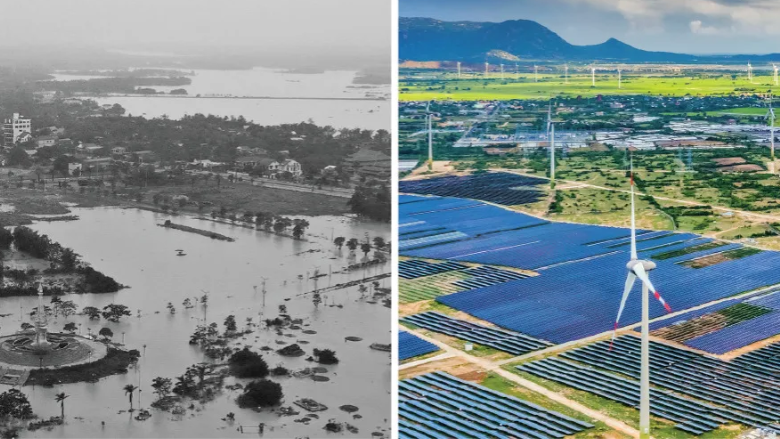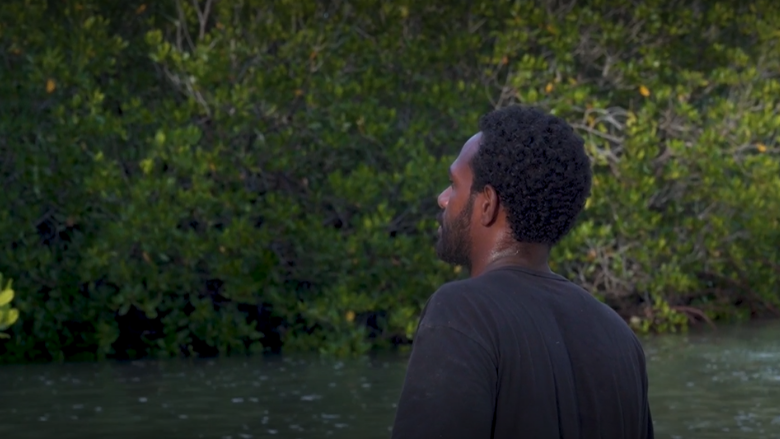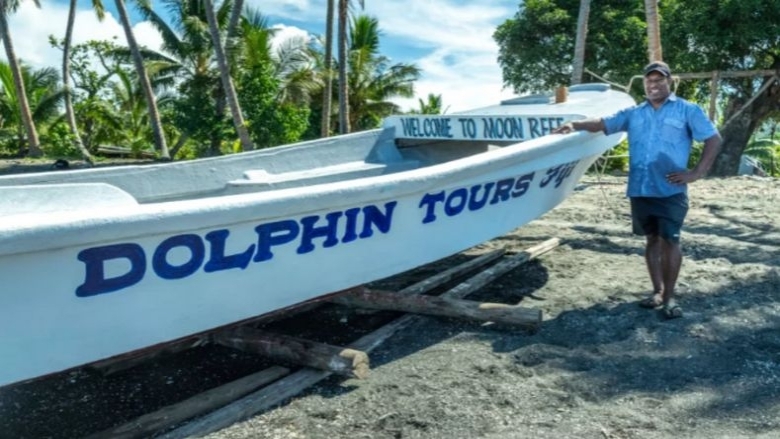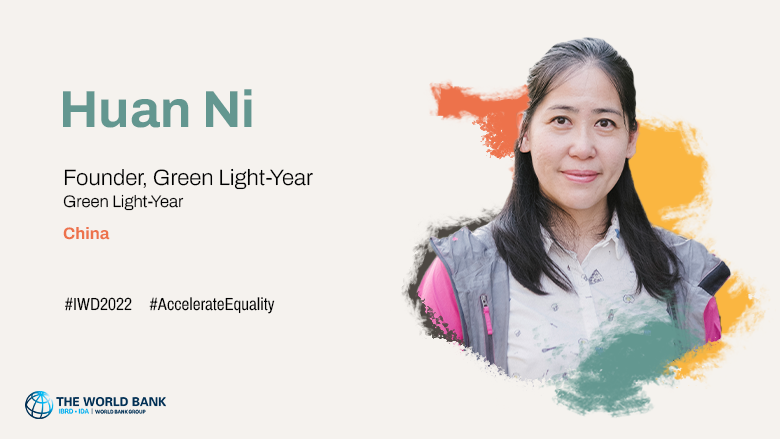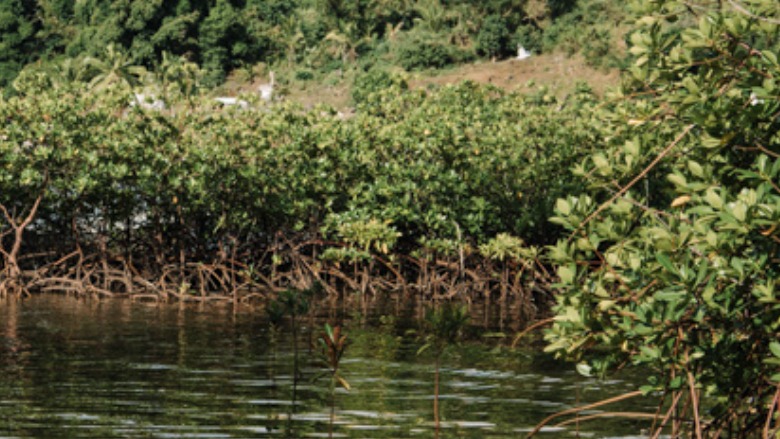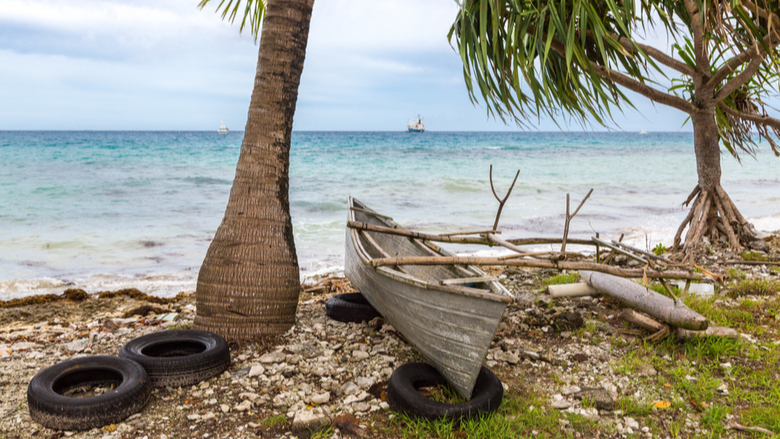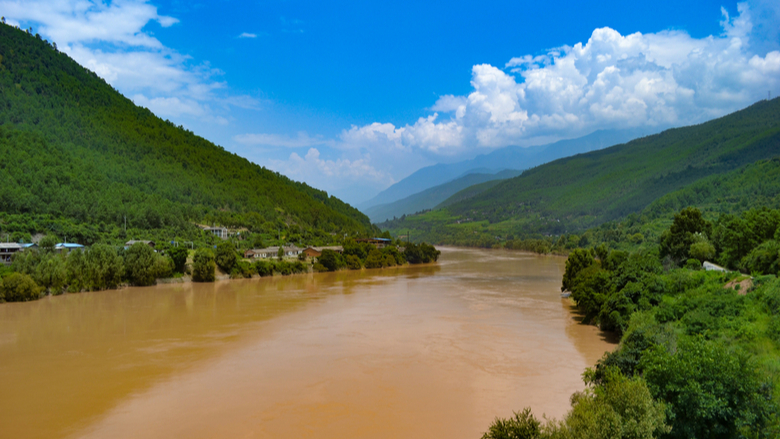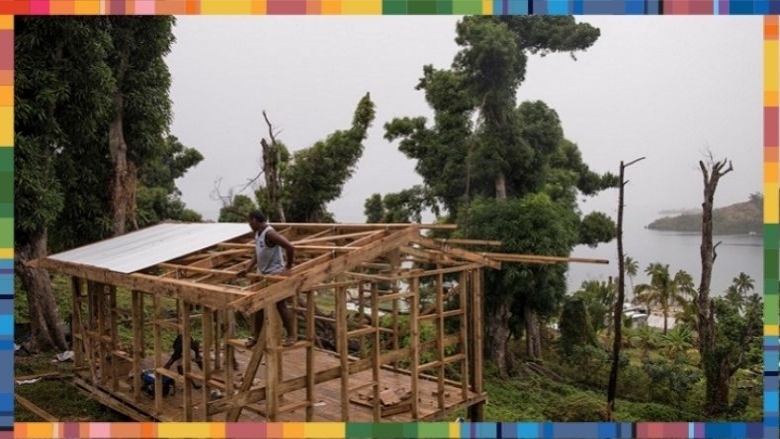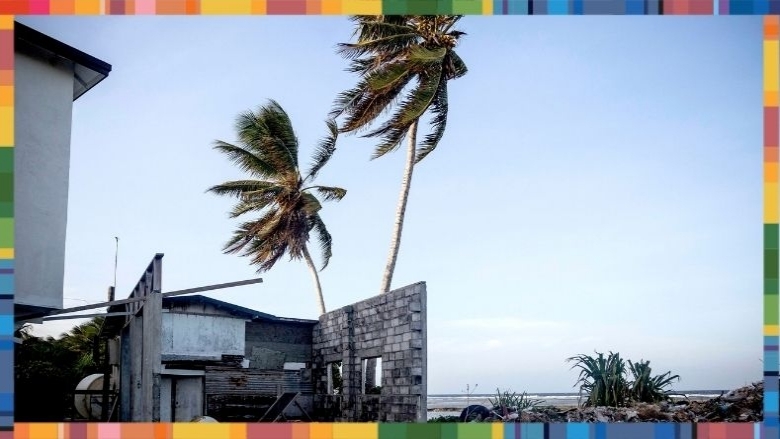Climate change poses major challenges to environmental stability, economic growth, and human development in the East Asia and Pacific region. The region is home to some of the most vulnerable countries in the world to climate-related extreme weather events and impacts such as sea level rise pose an existential threat to the many small island countries in the region. Without concerted action, between 3.3 million and 7.5 million people could fall into poverty by 2030 .
East Asia and Pacific is also critical to global efforts to combat climate change. The region accounts for 39 percent of the world’s greenhouse gas emissions and 60 percent of the world’s coal consumption. The good news is that the region is uniquely placed to act. All countries in the region have made pledges as part of the Paris Agreement, and many of the largest economies of the region have recently made ambitious commitments to reduce emissions and achieve carbon neutrality.
To face the existential climate crisis while still actively pursuing their development goals, countries of the region must tackle several urgent priorities: strengthening resilience to climate impacts; shifting rice cultivation methods to protect food security and reduce emissions; protecting forests and natural areas to act as carbon sinks and shield coastlines; transitioning to renewable energy from fossil fuels; and finding innovative ways to finance that shift, and to create markets for emissions.
